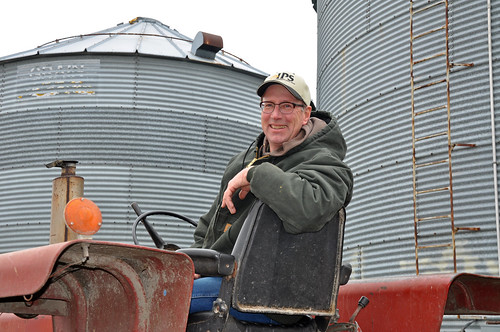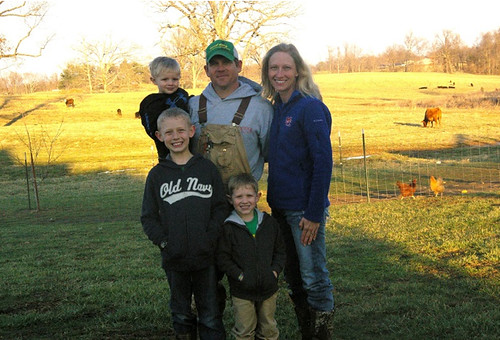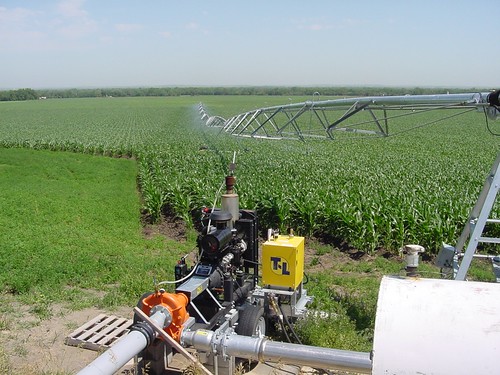At USDA this month, we’re taking some time to focus on the work of farmers, ranchers and forest landowners to conserve our planet and our resources for the future. They know, like we do, that cleaner air, water, soil and habitat are not only good for our planet, but also contribute to healthy and productive working farmlands.
At USDA we have a wide range of tools and support available to help farmers voluntarily implement conservation practices to improve the health and productivity of private and Tribal working lands. Since 2009, the Conservation Stewardship Program (CSP) has provided more than $4 billion in assistance to farmers, ranchers and forest managers to enhance conservation on more than 70 million acres. And this year, USDA’s Natural Resources Conservation Service (NRCS) plans to add an estimated 10 million acres to the rolls.
Today, we announced that $150 million in funding is available for agricultural producers through CSP in 2016 to help producers maintain and improve their existing conservation systems and adopt additional conservation activities to address priority resources concerns.
And if you’re interested in seeing how it works, here’s a look back at five stories that show the #USDAResults that can be achieved by farmers and ranchers through participation in CSP. These stories help to showcase some of the many ways our nation’s producers are putting conservation to work on their operation and for their communities.
Greg and Karon are passionate about what they do, and they take care of the land, making sure the operation stays productive while also conserving natural resources. To do this, they use a suite of conservation practices, which improve soil health on the farm and water quality downstream.

Greg and Karon Nettekoven manage an 800-acre vegetable farm in the Fox River watershed in Wisconsin where they use a variety of conservation practices. Photo: Tivoli Gough.
Majestic Manor, run by David and Amy Peterson, has been in the family for four generations. They milk about 120 Holstein dairy cows twice daily and grow corn, alfalfa, oats, triticale and soybeans on about 320 acres. Petersen likes to refer to his operation as “closed-loop” where the soil feeds the crops, the crops feed the cattle, and the cattle feed the soil.

Iowa farmer David Petersen uses a variety of conservation practices to prevent nutrients from washing off his dairy farm into the nearby Cedar, IA and Mississippi Rivers. USDA NRCS photo.
Healthier grass means healthier forage, or food for the cattle. Jake Shadowen aims to constantly improve the quality of his cattle by improving forage. Through the Conservation Stewardship Program(CSP) and other Farm Bill conservation programs, he received technical and financial assistance to put in cross fencing and to implement other conservation activities, or enhancements.

Jake and Jondra Shadowen and family use conservation programs to improve their Benton, KY ranch. USDA NRCS photo.
In many respects, Ron and Maria Vakulskas Rosmann’s “Farm Sweet Farm” is a typical Iowa farm. The Rosmann’s grow corn, soybeans, cattle and hogs. But that’s where the similarities with traditional farming operations end.

The Rosmann’s have a retail store on the farm where they sell a wide variety of goods to visiting consumers. NRCS photo.
As a little girl, Mary Kay Lyon followed her father around their south central Nebraska farm always dreaming of one day owning the operation herself. Lyon left the farm to attend college, but eventually made it back home when her father retired, determined to run the family farm.

Center pivot irrigation systems use less water and are more efficient at uniformly distributing water across a field. USDA NRCS photo by Jacob Robison.
Overall, since 2009, USDA has invested more than $29 billion to help producers make all kinds of conservation improvements, working with as many as 500,000 farmers, ranchers and landowners to protect over 400 million acres nationwide, boosting soil and air quality, cleaning and conserving water and enhancing wildlife habitat. For an interactive look at USDA’s work in conservation and forestry over the course of this Administration, visit http://medium.com/usda-results.
No comments:
Post a Comment
Note: Only a member of this blog may post a comment.